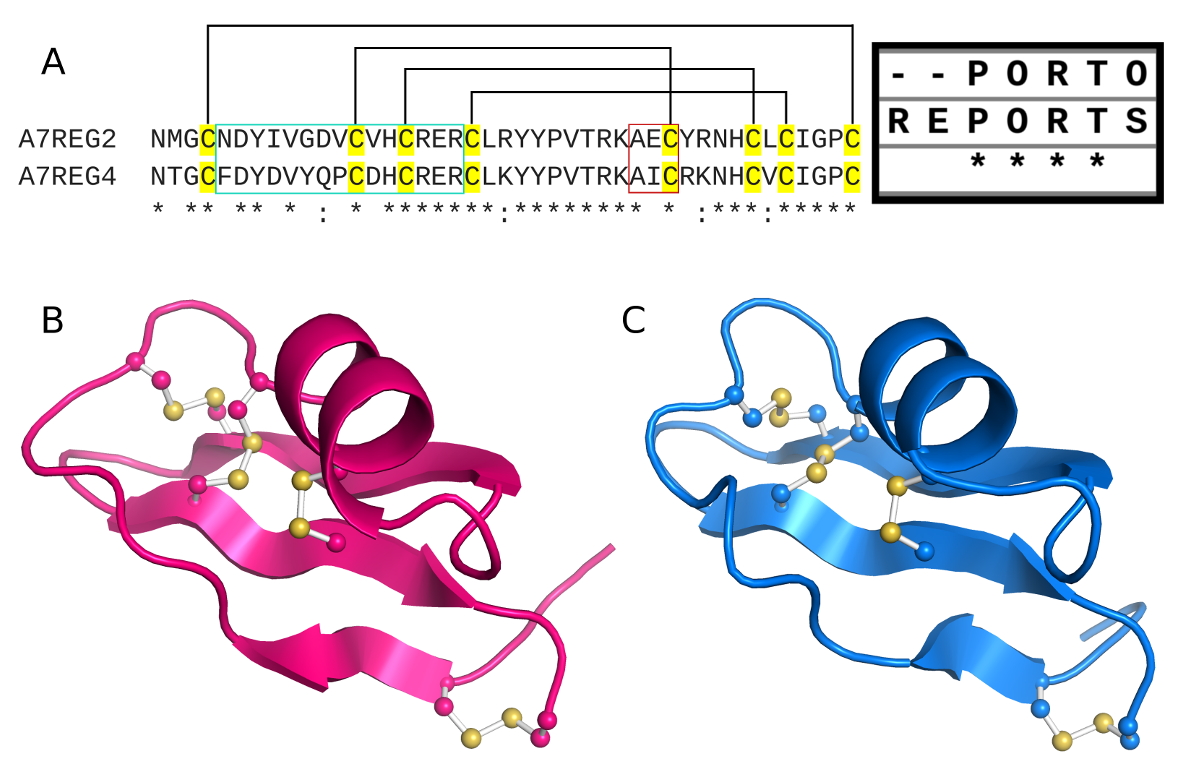Until now, all of our posts were basically about the development of machine learning models for prediction of antimicrobial peptides. However, there are more to explore than machine learning. In our last paper, published on Phytochemistry, we characterized two defensins from Arabidopsis thaliana, which despite being a in silico study, it is closer to biology than informatics.
Being a model plant, A. thaliana has an array of resources available on the web; and despite that, our paper shows there are more to be discovered on such plant. This plant has more than 300 defensin genes described – defensins are small proteins involved in plant defense against biotic and abiotic stresses.
Finding new information on this context would be unexpected. However, we found two defensins belonging to class II defensins, which could help in understanding the evolution and distribution of defensins among the flowering plants.
In this context, the web resources for A. thaliana played a critical role on this study. By applying a classical strategy for identification of cysteine-rich peptides on A. thaliana predicted proteome, we found those two defensins, but a number of questions araised from that, including their tissue of expression. However, this information is sometimes inaccessible depending on the tissue of expression, need for an specific stimulus or even amount of protein or RNA produced.
Fortunately, there is a high resolution transcript map for A. thaliana, where we could identify the expression of both defensins on flowers, ovules and seeds. This is interesting because the other known class II defensins are expressed in a similar context, in flowers for solanaceus species and seeds for poaceous species.
In addition, given the evolutionary distance among Brassicaceae, Solanaceae and Poaceae families, these class II defensins could be spread among all flowering plants. We do not know the function of A. thaliana’s class II defensins, but for solanaceous and poaceous’ class II defensins, they present antimicrobial function. Do the A. thaliana’s class II defenins have the same function?
Well, the actual function we do not know, but the predicted structures seem to be very similar to classical plant defensins. In addition, the genes that codes these defensins in A. thaliana seem to be a result of duplication process, because they are neighbors and their sequences share ~70% of identity.
In fact, despite being a in silico study, a number of hypothesis emerged, which remember me about an article by Markowertz on Plos Biology, “All biology is computational biology” (https://doi.org/10.1371/journal.pbio.2002050). The application of computational methods to study the structure, function and evolution of proteins is a very exciting field. And this article is a good example of modern biology application.
Quality assessment:
Originality ☆☆☆☆✭
Rigor ☆☆☆☆✭
Significance to the field ☆☆☆☆☆
Interest to general audience ☆☆☆☆✭
Quality of writing ☆☆☆☆✭
Overall quality of the study ☆☆☆☆✭
Reference
Costa et al. (2020) In silico characterization of class II plant defensins from Arabidopsis thaliana. Phytochemistry, vol 179, 112511. https://doi.org/10.1016/j.phytochem.2020.112511


